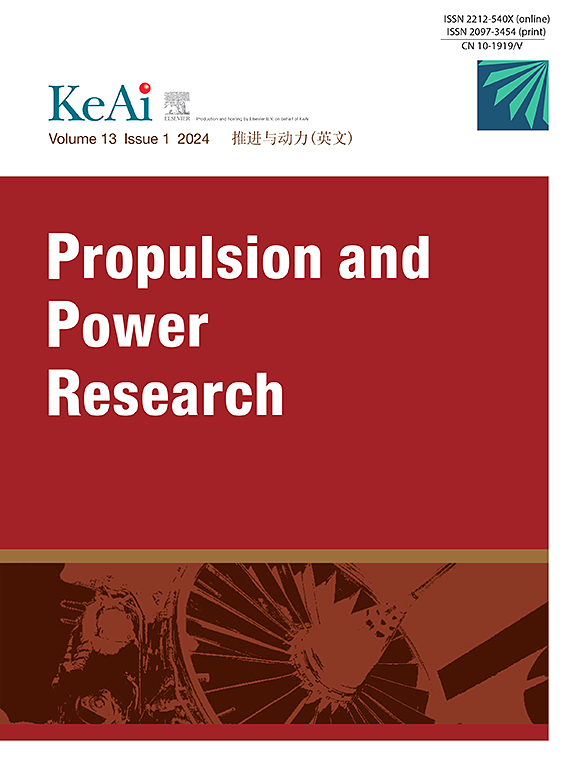Structural design of aeroengine radiators: State of the art and perspectives
IF 5.4
2区 工程技术
Q1 ENGINEERING, AEROSPACE
引用次数: 0
Abstract
Structural modularization, lightweight and functional integration are the urgent development directions for next generation high-performance aeroengines. Heat concentration during aeroengine operation would lead to local high temperature, which tremendously negative impacts on aeroengine structural life and performance. Therefore, the design and optimization of radiator structures are significant for the efficiency and reliability of aeroengine. The structural geometry design and layout optimization of radiators is promising to improve the heat dissipation efficiency and reduce aerodynamic loss. The purpose of this study is to investigate the state of the art and perspectives of aeroengine radiator structural design by a comprehensive literature review. The main contents involve the review on the structural design and layout optimization technologies of radiator structures, the analyses of the structural features, design theory and methods of existed radiator structures, the induction of the theory and method of different radiators structural optimization design, and the discussion on the application perspectives of advanced structures in aeroengine radiators, the report on the current challenges and development directions of the design of radiator structures, including smart materials, lattice structures, variable structures, advanced optimization theories and methods, heat dissipation methods and so forth. The efforts of this study are promising to support the high-performance and lightweight design of aeroengine structures besides radiators, and thermal management system.
航空发动机散热器的结构设计:技术现状和前景
结构模块化、轻量化和功能集成化是下一代高性能航空发动机的迫切发展方向。航空发动机工作时的热量集中会导致局部高温,对发动机结构的寿命和性能产生极大的负面影响。因此,散热器结构的设计和优化对提高航空发动机的效率和可靠性意义重大。散热器的结构几何设计和布局优化对提高散热效率和降低气动损失大有可为。本研究的目的是通过全面的文献综述,研究航空发动机散热器结构设计的现状和前景。主要内容包括综述散热器结构设计和布局优化技术,分析现有散热器结构的结构特点、设计理论和方法,归纳不同散热器结构优化设计的理论和方法,探讨先进结构在航空发动机散热器中的应用前景,报告当前散热器结构设计面临的挑战和发展方向,包括智能材料、晶格结构、可变结构、先进优化理论和方法、散热方法等。这项研究的努力有望为除散热器和热管理系统之外的航空发动机结构的高性能和轻量化设计提供支持。
本文章由计算机程序翻译,如有差异,请以英文原文为准。
求助全文
约1分钟内获得全文
求助全文
来源期刊

Propulsion and Power Research
Multiple-
CiteScore
7.50
自引率
5.70%
发文量
30
期刊介绍:
Propulsion and Power Research is a peer reviewed scientific journal in English established in 2012. The Journals publishes high quality original research articles and general reviews in fundamental research aspects of aeronautics/astronautics propulsion and power engineering, including, but not limited to, system, fluid mechanics, heat transfer, combustion, vibration and acoustics, solid mechanics and dynamics, control and so on. The journal serves as a platform for academic exchange by experts, scholars and researchers in these fields.
 求助内容:
求助内容: 应助结果提醒方式:
应助结果提醒方式:


